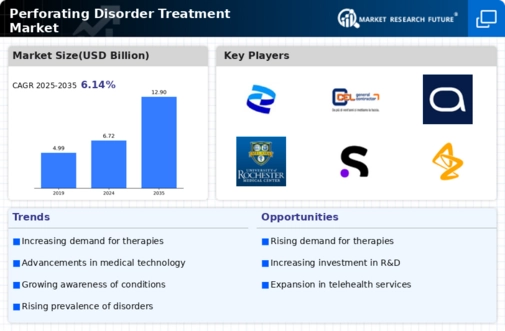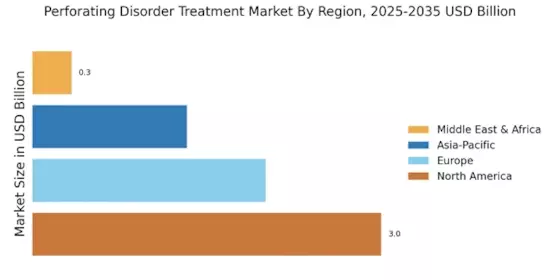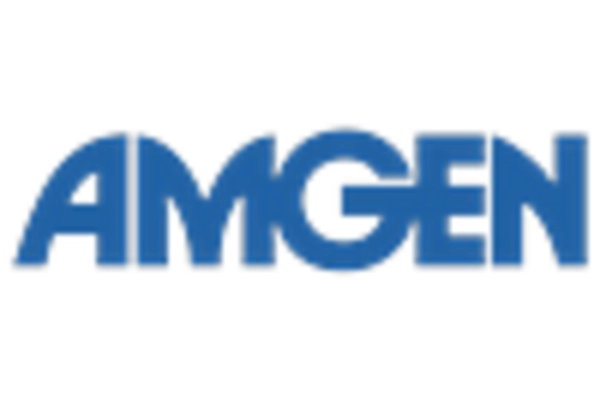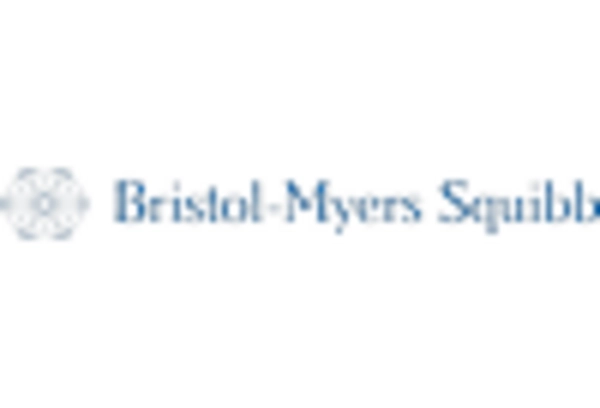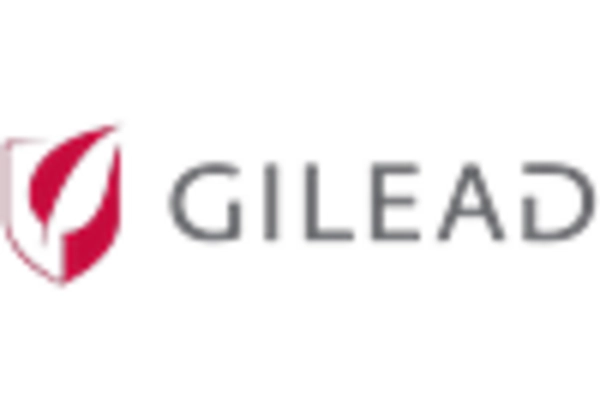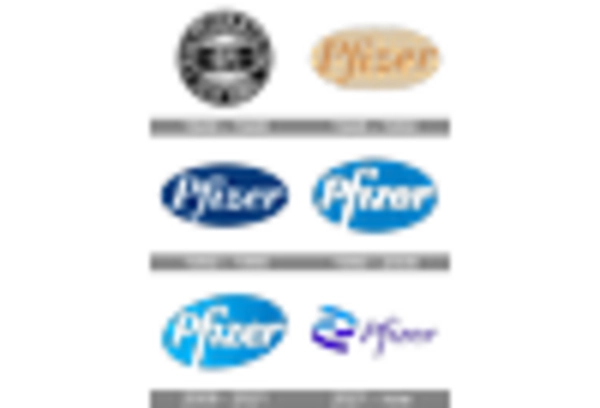Increased Healthcare Expenditure
Rising healthcare expenditure is a significant driver for the Perforating Disorder Treatment Market. As countries allocate more resources to healthcare, there is a corresponding increase in funding for research and treatment of various medical conditions, including perforating disorders. This financial commitment enables the development of new therapies and enhances access to existing treatments. Moreover, higher healthcare spending often correlates with improved patient education and awareness, which can lead to earlier diagnosis and intervention. Consequently, this trend is expected to bolster the market as more patients seek effective treatment options.
Advancements in Medical Technology
Technological innovations play a crucial role in shaping the Perforating Disorder Treatment Market. The advent of advanced diagnostic tools and treatment techniques has significantly improved patient outcomes. For instance, the integration of laser therapy and biologic treatments has shown promising results in managing perforating disorders. These advancements not only enhance the efficacy of treatments but also reduce recovery times, making them more appealing to patients. Furthermore, the market is witnessing an influx of research and development activities aimed at discovering novel therapeutic agents, which could potentially revolutionize treatment protocols and expand market opportunities.
Growing Awareness of Skin Disorders
The heightened awareness of skin disorders, including perforating disorders, is driving the Perforating Disorder Treatment Market. Educational campaigns and initiatives by healthcare organizations are informing the public about the symptoms and treatment options available for these conditions. As awareness increases, more individuals are likely to seek medical advice and treatment, leading to a rise in demand for specialized care. This trend is further supported by the proliferation of online resources and support groups, which empower patients to take charge of their health. The growing recognition of the importance of addressing skin disorders is expected to positively impact market growth.
Growing Demand for Personalized Medicine
The shift towards personalized medicine is influencing the Perforating Disorder Treatment Market. Patients are increasingly seeking tailored treatment plans that cater to their specific needs and genetic profiles. This trend is prompting healthcare providers to adopt more individualized approaches, which may include genetic testing and targeted therapies. As a result, pharmaceutical companies are investing in research to develop customized treatment options, thereby driving market growth. The emphasis on personalized care is likely to enhance patient satisfaction and adherence to treatment regimens, ultimately contributing to the expansion of the market.
Rising Incidence of Perforating Disorders
The increasing prevalence of perforating disorders is a primary driver for the Perforating Disorder Treatment Market. Recent data indicates that conditions such as perforating folliculitis and pyoderma gangrenosum are becoming more common, leading to a heightened demand for effective treatment options. As healthcare providers recognize the need for specialized care, the market is likely to expand. The rise in incidence may be attributed to various factors, including environmental influences and genetic predispositions. Consequently, this trend is expected to propel the development of innovative therapies and treatment modalities, thereby enhancing the overall market landscape.


